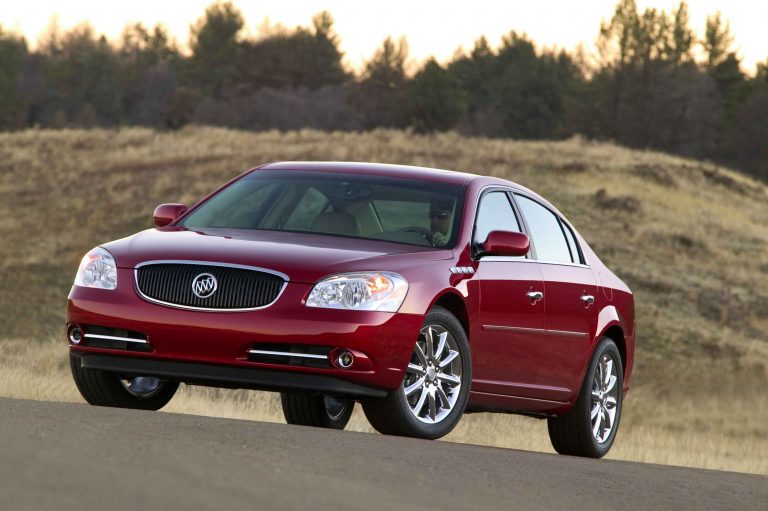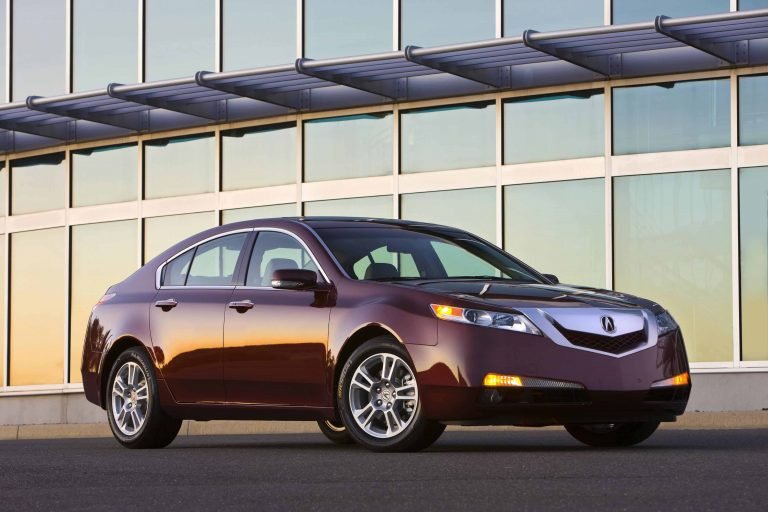Toyota AVAS – What Is It and Why It Exists
In the ever-evolving world of electric and hybrid vehicles, there has been an introduction of new issues that need to be resolved to ensure the community and roads are safe and pleasant environments for everyone. The Acoustic Vehicle Alerting System (AVAS) is a new technology that has been designed to address these issues and provide a safer environment for all.
The Toyota AVAS has been introduced into their electric and hybrid range of cars to address this issue. It is mandatory for all newly registered hybrid and electric vehicles within the United States to be equipped with AVAS. In short, AVAS is a system that produces an external sound for electric and hybrid cars to alert people around the vehicle of its presence since hybrid and electric cars lack sound, especially at low speeds.
The Toyota AVAS solution is a simple yet effective one which is purely aimed at creating a safer environment for the community to ensure people of all ages and walks of life can safely manoeuvre around whilst being aware of vehicles that may otherwise be too difficult to hear approaching. In this article we go through everything you need to know about the Toyota AVAS system, let’s get right into it.
What Is Toyota AVAS and How Does It Work?
Governments around the world have been well aware of the impending issue of electric cars and the lack of noise they produce. Whilst many may feel that a reduction in road noise may be a positive thing for communities to keep a peaceful environment, it also has a negative side effect. This side effect is that it has become increasingly difficult for people to hear electric and hyrbid vehicles approaching, especially at lower speeds.

As regulations were issued throughout the world, the U.S was fairly quick in approving new legistation. The initial U.S legislation was approved in December of 2010 by the NHTSA (National Highway Traffic Safety Administration) with the final ruling issued in February of 2018.
The legislation is very simple to understand and directly influenced the creation of the Toyota AVAS solution from the Japanese manufacturer for the U.S market. The regulation states that electric, hybrid and plug-in hybrid vehicles must produce a sound to warn other road users and pedestrians that the vehicle is in motion. The sound must be emitted from the vehicle whilst it’s in motion from 0 to 18.6 mph (30km/h).
Vehicles must comply with this new regulation by September 2020, although 50% of cars which were deemed to be quiet vehicles must produce a sound when travelling less than 18.6 mph by September 2019. Regardless of these dates, we’re now in 2022 and all electric, hybrid and plug-in hybrid cars must comply with these regulations.
How Does Toyota AVAS Work?
As previously stated above, there must be a sound produced by all electric, hybrid and plug-in hybrid cars when the car is travelling from 0 mph up to 18.6 mph. How does the Toyota AVAS produce this sound? Quite obviously, there’s a speaker located somewhere on the vehicle, which usually seems to be at the front of the car, usually hidden between the front bumper and the front of the engine.
When the speaker is triggered it produces a sound between the regulations upper and lower limits of 56 dBA to 75 dBA. Not only does this occur when driving up to speeds of 18.6 mph but it has also been implemented for when the vehicle is in reverse to ensure any pedestrians are aware the car is moving.
Since 99.9% of the time reversing is done at very slow speeds, I don’t think you need to worry about reaching the 18.6 mph limit to turn off the AVAS. Interestingly, the sound produced by the Toyota AVAS is generally louder when the car is in reverse than when it’s moving forward.
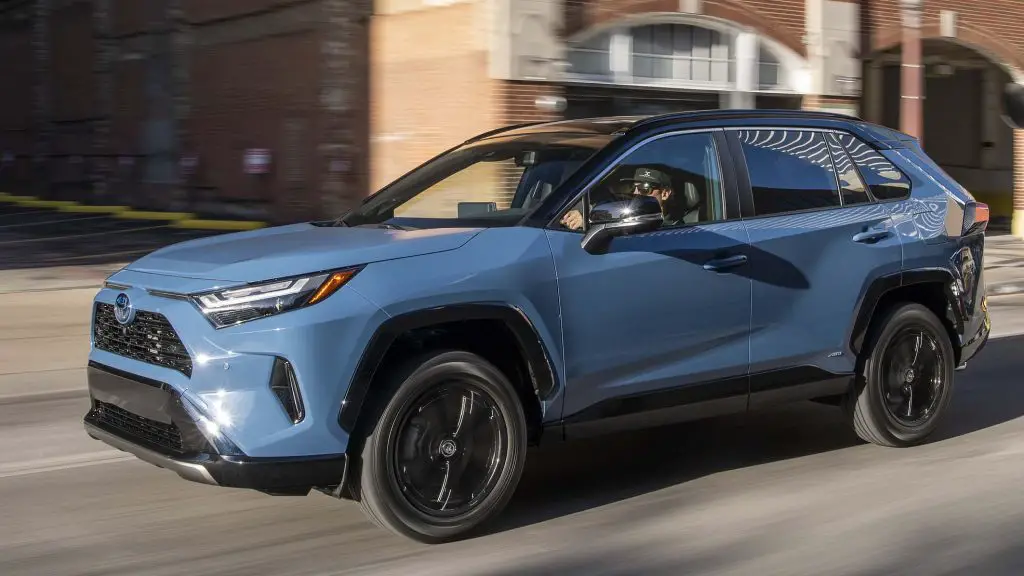
A lot of people have found the noise to be fairly strange and many new owners have complained of it as an issue, thinking there’s something wrong with the transmission or engine. There have been many instances of people going back to dealers to complain, just to find out the Toyota AVAS is an artificial sound to warn people around the vehicle that it’s in motion.
Unfortunately whilst some may want to ‘turn off’ the sound, there’s no switch or option to do that from the factory settings. Although there are many guides online on how to bypass the sound.
Just for your knowledge, regardless of which model the Toyota AVAS is installed in, the sound that’s produced is almost identical throughout the entire 2022 Toyota electric/hybrid range.
Why the Toyota AVAS Exists and Who It’s for?
Toyota AVAS simply exists for one reason, it’s to improve the safety of others that surround a vehicle, this includes other road users but the main focus is people that aren’t in cars such as pedestrians, children, cyclists, etc. Whilst the safety of these groups is greatly improved with the addition of sound to what would usually be considered a quiet or silent car, the other focus demographic is people who are visually impaired and rely on their hearing to navigate around different environments.
The Toyota AVAS system is not intended for the driver or passengers inside the moving car, therefore there’s no sound which is produced inside the car whilst in reverse or travelling at slow speeds. Although sometimes the externally produced sound is fairly loud and can be heard from inside the car, especially if the windows are down.
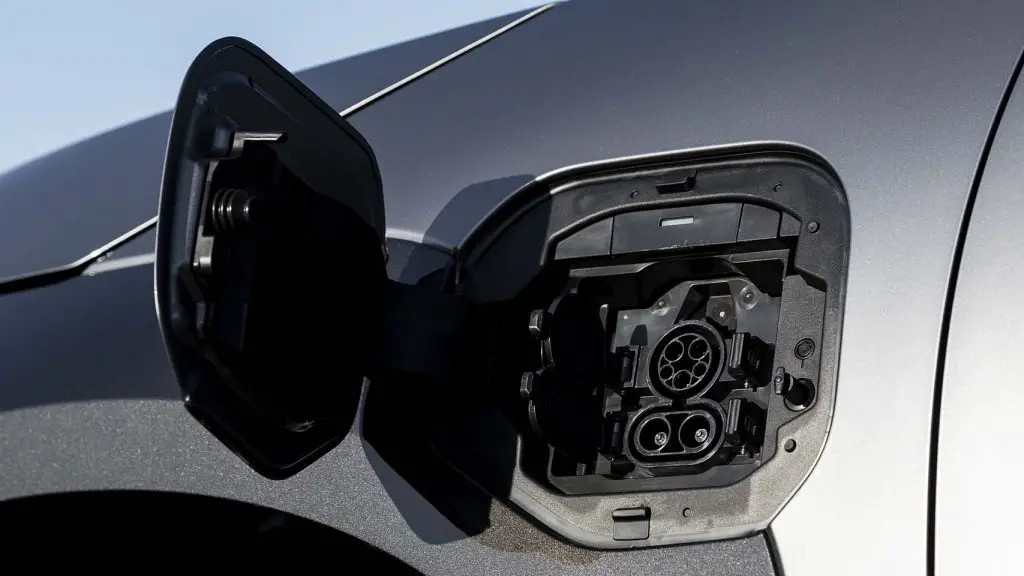
The Toyota AVAS system simply alerts these people mentioned above that a car is nearby, running and moving at slow speeds (up to 18.6 mph or in reverse). This directly results in more awareness in an ever-evolving society where electric, hybrid and plug-in hybrids will inevitably become more and more common. Beyond 18.6 mph in the U.S, regulators feel comfortable enough that the noise rolling tires make is more than sufficient for bystanders to be aware of a moving electric or hybrid vehicle, hence there’s no ongoing humming noise from the AVAS speaker.
I can imagine a huge improvement to the safety of pedestrians, especially for crowded areas, children in playgrounds or schools and people in environments that would have a difficult time hearing if there’s a car approaching due to excessive noise, visual obstruction or visual impairment.
The Sound That AVAS Produces
So at this point, we know what the Toyota AVAS is, who it’s targeted to help and why it exists. But what about the actual sound itself? Whilst the community would’ve expected and in some cases hoped an AVAS would mimic the sound of a conventional internal combustion engine, manufacturers have essentially conformed to making sure all hybrid and electric cars sound like a spaceship.
It’s everything you’d imagine an electric/hybrid car would sound like but at the same time is a massive opportunity, not only for the Toyota AVAS but all manufacturers which have to implement an AVAS system, to create a brandable sound.
Whilst the Toyota AVAS system has been described by owners as a harmony of angels and others complaining of how annoying it sounds, other manufacturers such as Mercedes and Porsche have managed to create a somewhat cool sound. Maybe not something that uniquely identifies a Porsche as easily as a Porsche 911‘s engine note would, but an improvement on the Toyota AVAS sound.
The Toyota AVAS Problems in the Real World
After going through all of the wonderful benefits the Toyota AVAS will provide to society, there are also a few drawbacks which effect the driver and the people around the car. In the real world, drivers have been left feeling awkward, particularly in quiet neighbourhoods or high density residential areas, especially in the early hours of the morning. There have been complaints that the sound the Toyota AVAS produces is too loud, echoing off walls, amplifying it into homes waking people up or just annoying them.
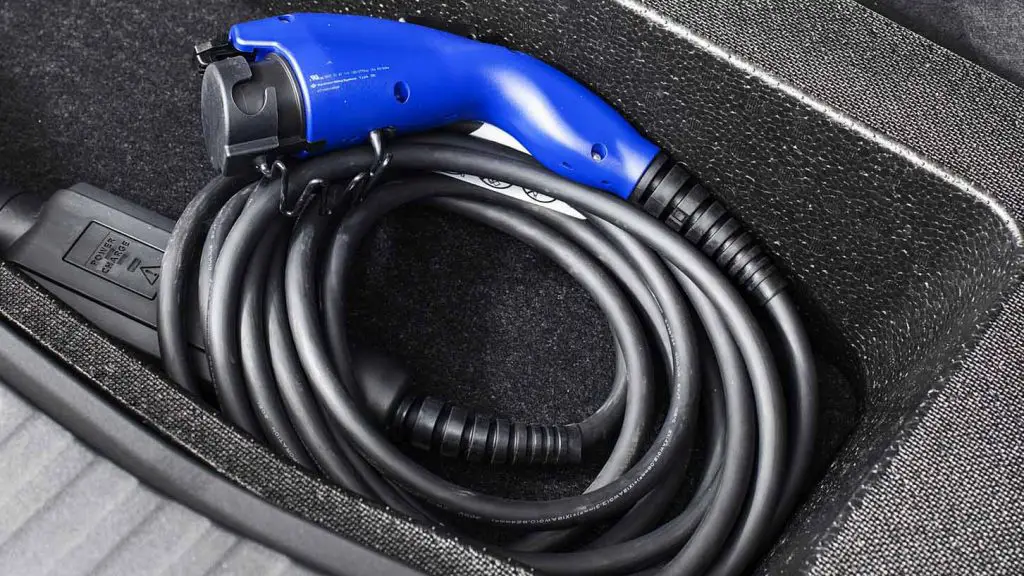
This subsequently leads to the next problem, as this causes people to want to remove the Toyota AVAS sound altogether as there’s usually not a switch to turn it on and off as you desire. With lots of guides available on the internet, and the process of removal being quite easy, people have been removing their AVAS speakers. This re-introduces the initial problem of people not being able to hear electric and hybrid cars and also brings two new potential problems into the picture.
Firstly, non-compliance with the new laws around the AVAS being implemented in cars sold after September 2020 and secondly the insurance implications if you hit someone whilst the AVAS speaker has been disabled. This may cause complications in compliance, insurance claims and the courtroom.
Also not to forget, if you don’t face any of the more serious issues above, you’ll still be faced with an annoying error on the dash when you disconnect the Toyota AVAS. This error will come in the form of a warning stating ‘Proximity Notification System Malfunction’. My advice would be, that it’s probably best to leave the Toyota AVAS untouched and to let it play its harmony of angels to serve its purpose, hence allowing you to avoid the above mentioned issues.
Is AVAS Necessary in Today’s Society?
There is a discussion lurking around that AVAS might not be necessary for today’s society as the inclusion of multiple safety features should be implemented on electric and hybrid vehicles as standard. The major safety feature we’re referring to here is a radar braking system or emergency braking system that detects people and objects surrounding the vehicle and brakes without driver input to avoid a collision.
Whilst in theory this is a great idea and should be standard for cars with AVAS, it doesn’t rule out the need for AVAS. This is due to the compounding effect of safety features. Whilst the Toyota AVAS can sometimes be louder than a few of the newer internal combustion engine cars that don’t have an AVAS system, it still serves the purpose of alerting others that a car is nearby and moving.
That plus additional features to avoid colliding with others is invaluable. You can’t put a price on potentially saving someone’s life or preventing serious injury. If AVAS and other safety features are implemented and improve the chance of not hitting someone by any percentage, then it is a vital technology in society for electric and hybrid cars.
Our Verdict On AVAS
All in all, AVAS, whether it’s the Toyota AVAS or an AVAS implemented by any other manufacturer, definitely serves a purpose and will improve safety for all different types of people that come across electric, hybrid and plug-in hybrid vehicles. It’s great to see that the U.S adopted it quite early and implemented it on all relevant vehicles.
Although, my one critique would be, there could be some fine tuning on the volume depending on how loud the environment is and the type of sound that is produced from an AVAS. This would make it easier for the owners to accept the system and would make it less tempting for them to remove the AVAS speaker completely. It may even make one electric or hybrid car more desirable than another competitors.



